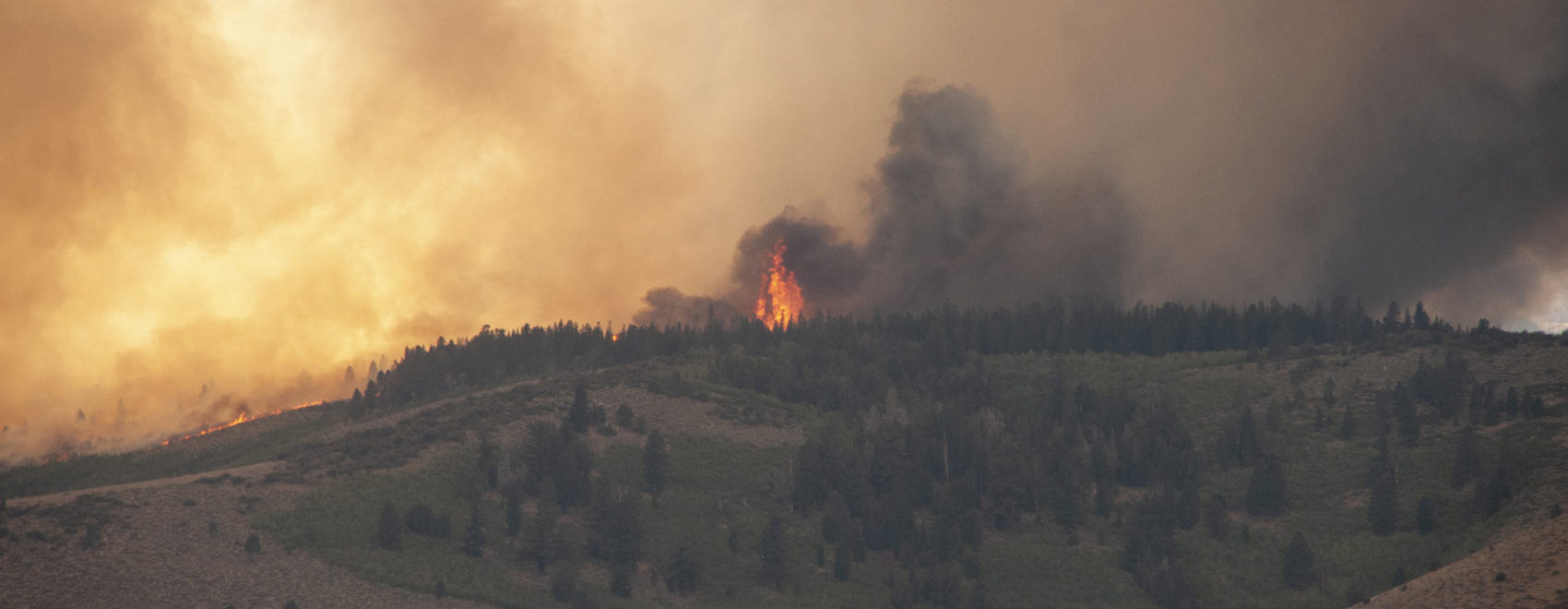Wildfire risk to people and homes is increasing. While climate change and decades of fuel buildup have exacerbated wildfires, ongoing home development in wildfire-prone lands is also driving wildfire risks to communities.
Building a home with wildfire in mind can increase a home’s survivability. Using wildfire-resistant building materials in the construction of a home can reduce vulnerabilities and opportunities for ignition. Additionally, managing the vegetation immediately surrounding the home—known as the home ignition zone (HIZ)— reduces the potential for a home to ignite during a wildfire.
In areas with high wildfire hazard, land use planning can reduce wildfire risks to homes and communities by requiring new developments to comply with wildfire-resistant design and building techniques.
K. Barrett. Land use planning can reduce wildfire risk to homes and communities. Headwaters Economics. April 2020.

